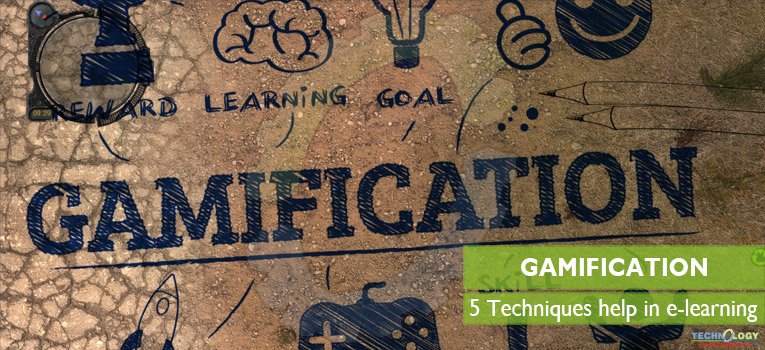Since e-learning depends upon learning through various online sources so it constantly needs to update and add interactive components. Gamification is one such component that integrates game mechanics into something that already exists-website, an online community, an enterprise application.
History of Gamification
Psychology of Gamification
The proper implementation of gamification needs to understand designing psychological concepts of the game. The psychological concept is related to behaviour, personality, and encouragement.
How Gamification Works?
It applies data-driven techniques in non-game contexts. These techniques help people to achieve their goals. These techniques include:
Fast Feedback
It gives people an instant feedback by giving you the points every time you reply to the messages or emails or adjust your activities with respect to the onscreen notifications. This motivates and engages the users as they try their best to score as many points as possible.
Promote a new reward
It also encourages a user by giving him rewards and badges when he covers a certain milestone.
Transparency: Where a user stands
It keeps a track of the progress of a user by showing him exactly where he stands on the metrics. This helps a user strive for a new goal, reach a milestone and progress. The given leader boards show the overall ranking of each user so a user always knows where he needs to improve.
Short and long-term goals
It gives a user a plenty of short-and-long-term goals to achieve. The challenges or missions always educate users to know what is valued and important.
Badges
It also gives additional rewards to those users who accomplish and master any skills and the significance of that reward is understood only by a user’s community.
Better learning environment
It provides an interactive, informal learning environment where a user can easily practice real life challenges and learn new skills to master the situations of life.
Fulfil learning needs
It fulfils many learning needs of the users that include product sales, customer support, awareness creation, compliance, induction (the process of inducting a particular user to a certain level or position) and onboarding (the process of integrating a new user into the community)
Gamification Examples
It has evolved over the course of time and has been applied to a great many facets of technology. In a survey conducted by Forbes in 2013, over 70% of Global 2000 companies said that they had used gamification to market their products and get customer retention. Some of the examples of these companies are as follows:
Nike: Gamification is evident in Nike+ applications that motivate users to maintain a healthy lifestyle and rewards those who do.
My Starbucks Rewards: It rewards the customers for their loyalty with the company and gives them incentives by using gamification.
Deloitte: It increased the engagement in its training programs by gamifying the Deloitte Leadership Academy.
Industries: Many industries have implemented gamification including Marketing, Commerce, Education, Enterprise, and Entertainment.
